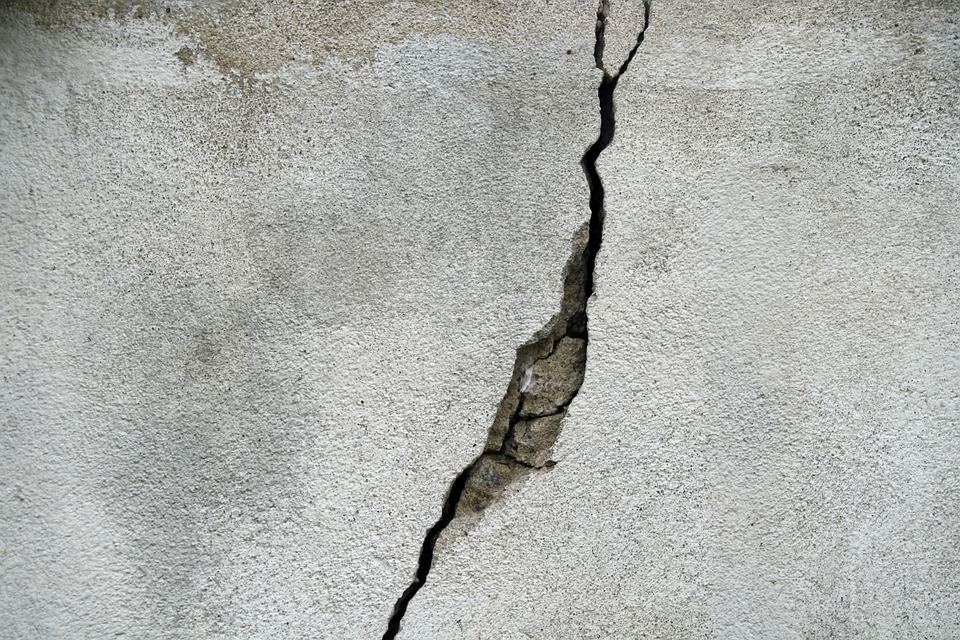Whenever there is a flooding incident, may it be knee-deep or a small flood, it still is dangerous. Two to three inches of water might not seem like a big deal to most Conyers residents, but it is important to remember that any standing water that comes from flooding has potential risks and it must be drained out as soon as possible. Standing water is an annoyance to anyone.
What is Standing Water?
Standing water or stagnant water refers to water that does not flow continuously. It is a collection of water that stays in one place and becomes smelly and dirty within a short period.
Standing water in your home right after a flood is a water damage disaster waiting to happen.
One of the absolute worst things you can do is to wait around before taking steps to remove the standing floodwater. However, Water Extraction Services in Conyers is 24/7 ready to help and assist you to remove the headache brought by standing water. Here they share a list of the dangers of standing water.
Danger No. 1: Bacteria

E. coli. Photo by geralt (via Pixabay).
Floodwater is often originally contaminated with bacteria and other micro- and macro-contaminants. When there is a presence of sewage in the water, the types of bacteria present include E. coliand Salmonella.
Danger No. 2: Mold
One of the big problems that become most apparent as standing water stays after a flood is mold. In just a short time, mold can go from beginning to generate to becoming a pervasive problem in your home. The health problems stemming from simple mold are usually minor signs and symptoms, such as a cough, sore throat, sneezing, irritated skin, and red/itchy eyes.
Danger No. 3: Viruses

Stagnant water will permit viruses to breed, such as the Norwalk virus and rotaviruses. Insects and mosquitoes are also known as virus carriers.
Danger No. 4: Parasites

The most common and popular parasites in standing water are Entamoeba, Giardia, and Cryptosporidium. These may grow in clean and clear water but are much more common and present in gray water and sewage.
Danger No. 5: Structural Damage

Long-term exposure to standing water can devastate drywall, allow the wood to swell, and possibly even destroy certain portions of your home that they may be required to be replaced completely. Water Damage Restoration Conyers will help you restore your home and business and will give you the serenity of living.
Danger No. 6: Increased Pressure on the Foundation

Heavy and water-laden soil can give pressure on the sides of your foundation. Hence, this can give rise to bulging or cracked walls in your basement.
Danger No. 7: Pests and Rodents

Stagnant water can likewise attract insects and rodents. Mosquitoes can carry malaria, the West Nile virus, and cause Zika fever. Rats, mice, and other small rodents can carry a variety of bacteria and pathogenic diseases.
How Professionals Get Rid of Standing Water
If your home is affected by standing water and you have determined the underlying cause of the issue and problem, the good news is that you don’t have to live with it for life!
Depending on where your drainage troubles stem from, there are a plenty of options and actions you can take to alleviate your land’s drainage and get rid of standing water once and for all.
- Organic Matter and Material
For lawns or gardens, you can place organic matter and material such as compost, leaf mold, and manure on them. These will open up the soil, create and generate natural drainage channels, and precisely permit your lawn to absorb water much more efficiently.
- Re-grading Activity
With the help and guidance of a professional landscaper, you’ll be able to re-grade the land around your entire home. See to it that you obtain an appropriate survey of the land’s low-lying points, drainage channels, and outlets.
- De-thatching
You can probably tackle a lawn with a heavy thatch by utilizing a manual rake or specialized machinery like a dethatcher or vertical mower. Make sure that any debris and leaf litter is eliminated right before using a garden fork or lawn aerator to aerate the soil to increase drainage.
- Properly Install a Drainage System
If you’ve determined a high water table as the major cause of standing water or if drainage problems persist, installing a drainage system could be the best solution.
Whether you have stagnant water at the exterior or interior part of the house, it can be destructive. You should hire a professional who can help and guide you in identifying problems and suggest short as well as long-term solutions. This sort of thing must be addressed promptly if you want to make sure that your family stays safe and healthy.
At ServiceMaster by LoveJoy, we have over 20 years of experience with water removal and water damage remediation. We are committed to responding quickly to your property and have experienced technician teams located in Atlanta, Sandy Springs, Decatur, Stockbridge, Conyers, McDonough, Stone Mountain, Covington, Social Circle, and Dekalb County.
We have a team of experienced, trained, and certified technicians to provide you with any or all of the following secondary processes that could be necessary after a water damage loss:
- Structural Drying
- Mold Remediation
- Structural Damage Reconstruction
- Cracked Flooring Restoration
- Foundation Damage Repair
- Carpet and Floor Repair
- Wall Reconstruction or Remediation
- Content Cleaning and more
Contact ServiceMaster by LoveJoy, your Water Removal Company in Conyers, at 678-293-0297 for Conyers customers and 770-992-1575 for Roswell customers, or visit our website at https://www.servicemasterbylovejoy.com/contact-us/ for immediate water removal and water damage remediation services in Conyers, GA and surrounding areas.



No comments:
Post a Comment